Genoa: 5 Places of the Risorgimento and Mameli
The places of Genoa where the life of Goffredo Mameli passed, author of the "Canto degli Italiani" (Song of the Italians) which became the Italian national anthem
Genoa, the city of the national anthem: here were born its authors Goffredo Mameli (lyrics) and Michele Novaro (music), and here it was performed for the first time on December 10th, 1847. Here's a small itinerary of places linked to the history of the Italian Risorgimento
The stages
The Church of San DonatoMuseum of the Risorgimento
via Garibaldi
Oregina Sanctuary
The statue of Balilla
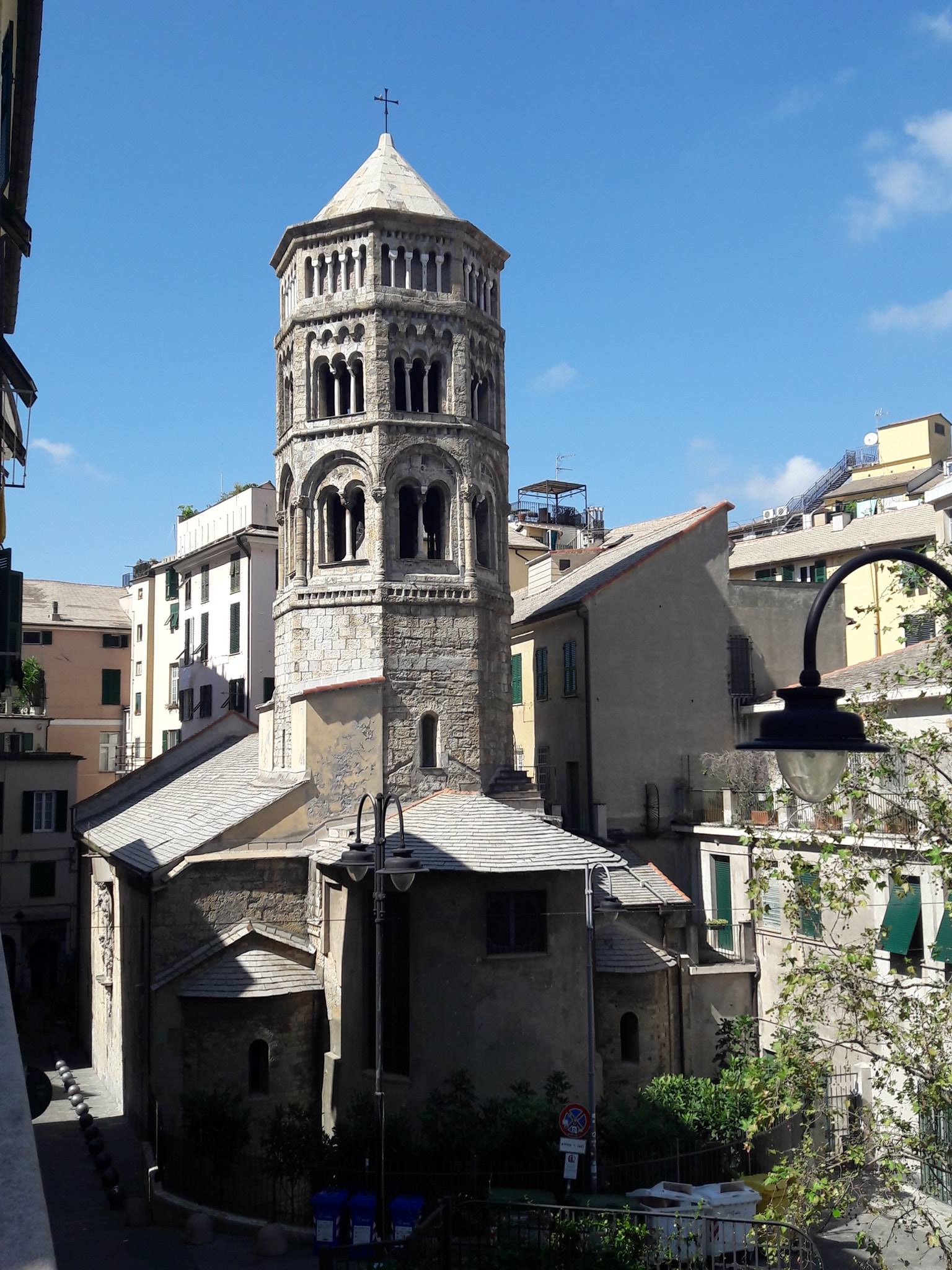
The Church of San Donato
Genoa, after Napoleon, seethes with revolutionary, republican, and patriotic ideas. Every neighborhood contributes to the Mazzinian cause and anti-restoration efforts. Churches record the baptisms of newborns who will become heroes for the national cause. The archive of San Donato holds the baptismal record of Goffredo Mameli, the patriot to whom Italy's anthem is owed. The record is dated September 5th, 1827. Mameli dies in the resistance of the Roman Republic in 1849. The chapel of San Giuseppe preserves the most significant work among those housed in the church, the triptych with shutters by the Flemish artist Joos van Cleve; one of the most important pieces in the city's heritage.
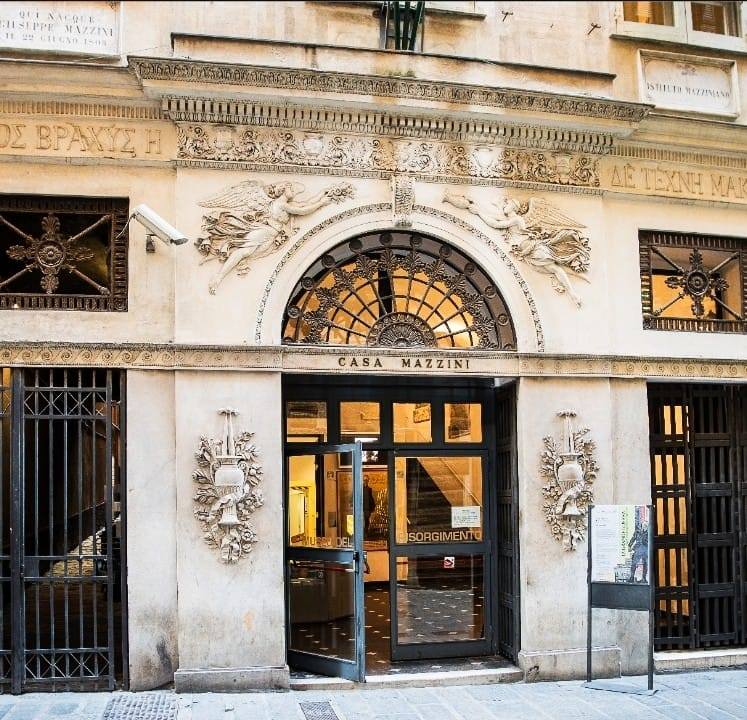
Museum of the Risorgimento
Not far away lies the Museum of the Risorgimento, where numerous relics are housed, including the most famous portrait of Goffredo Mameli, painted by Domenico Induno. The museum on Via Cairoli preserves and exhibits a rich historical and artistic heritage through which the symbolic figures of the Risorgimento come to life: Giuseppe Mazzini and the republican and democratic movement; Giuseppe Garibaldi and the Redshirts; Goffredo Mameli and the Italian Anthem. The substantial historical, artistic, and documentary heritage preserved in the institute has been formed through donations and purchases since the 19th century. Paintings, prints, posters, sculptures, documents, photographs, uniforms, weapons, flags, and relics cover a time span that transcends the narrow chronology of the Risorgimento, reaching from the 18th century to the Second World War and the Liberation.
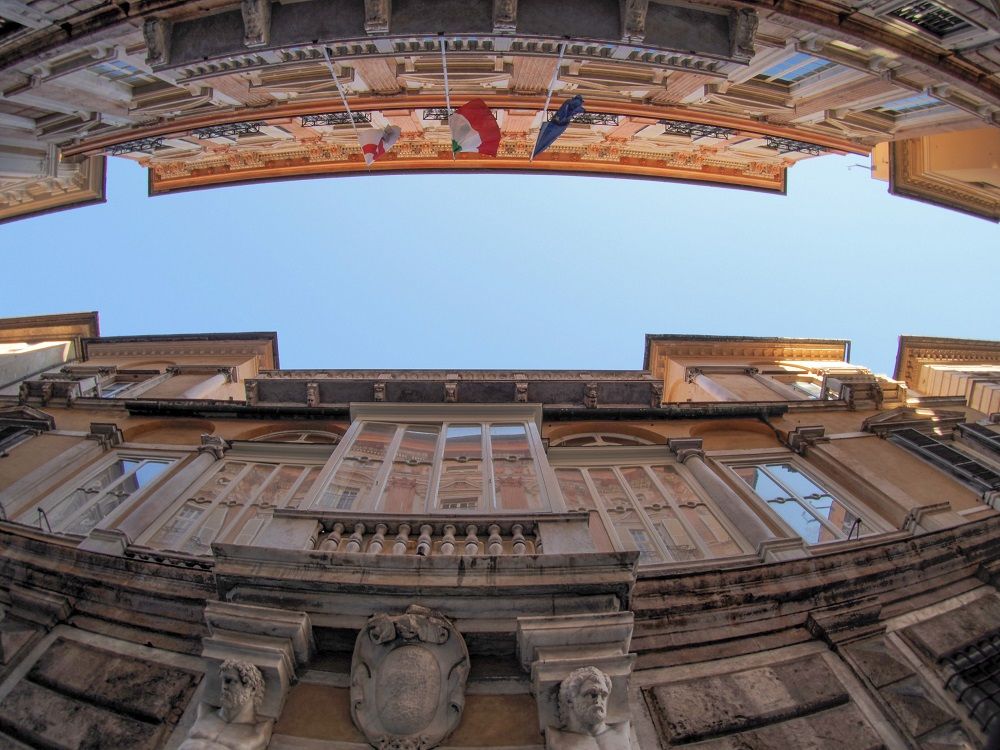
Via Garibaldi
In the city's most important street, home to many of the Rolli Palaces, a UNESCO World Heritage Site, there are several places associated with Mameli, such as Palazzo Angelo Giovanni Spinola, where the initial ballroom scene is set in the TV series, the one where Goffredo Mameli meets his future fiancée Geronima Ferretti. Here you can also find Palazzo Bianco and Palazzo Lomellino, where other scenes were filmed and are certainly worth visiting. These are unique places that young Mameli held dear in his heart and that today serve as a reference point for those who want to explore the city.
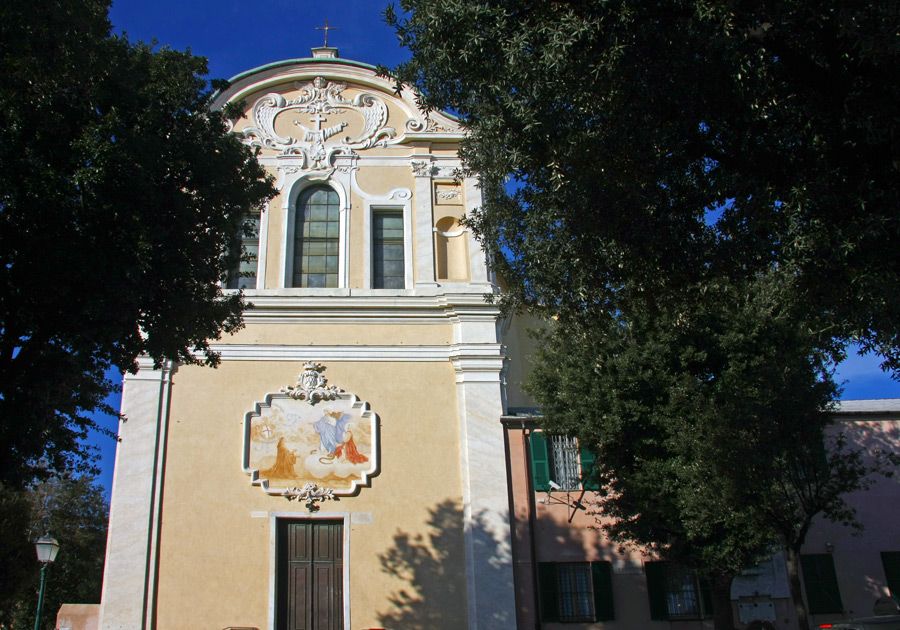
Oregina Sanctuary
The "Canto degli Italiani" (Song of the Italians) made its public debut on December 10, 1847, in Genoa, when it was presented to the citizens during a commemoration of the centenary of the uprising of the Portoria neighborhood against the Habsburg occupiers during the War of the Austrian Succession. The presentation took place on the square of the sanctuary of Our Lady of Loreto in the Oregina district. On this occasion, it was performed by the Sestrese Philharmonic, which was the municipal band of Sestri Ponente at the time, in front of many of the 30,000 patriots from all over Italy who had gathered in Genoa for the event. The location is worth a visit, not only to witness this historical site but also to enjoy a beautiful panoramic view of the historic center and the port.
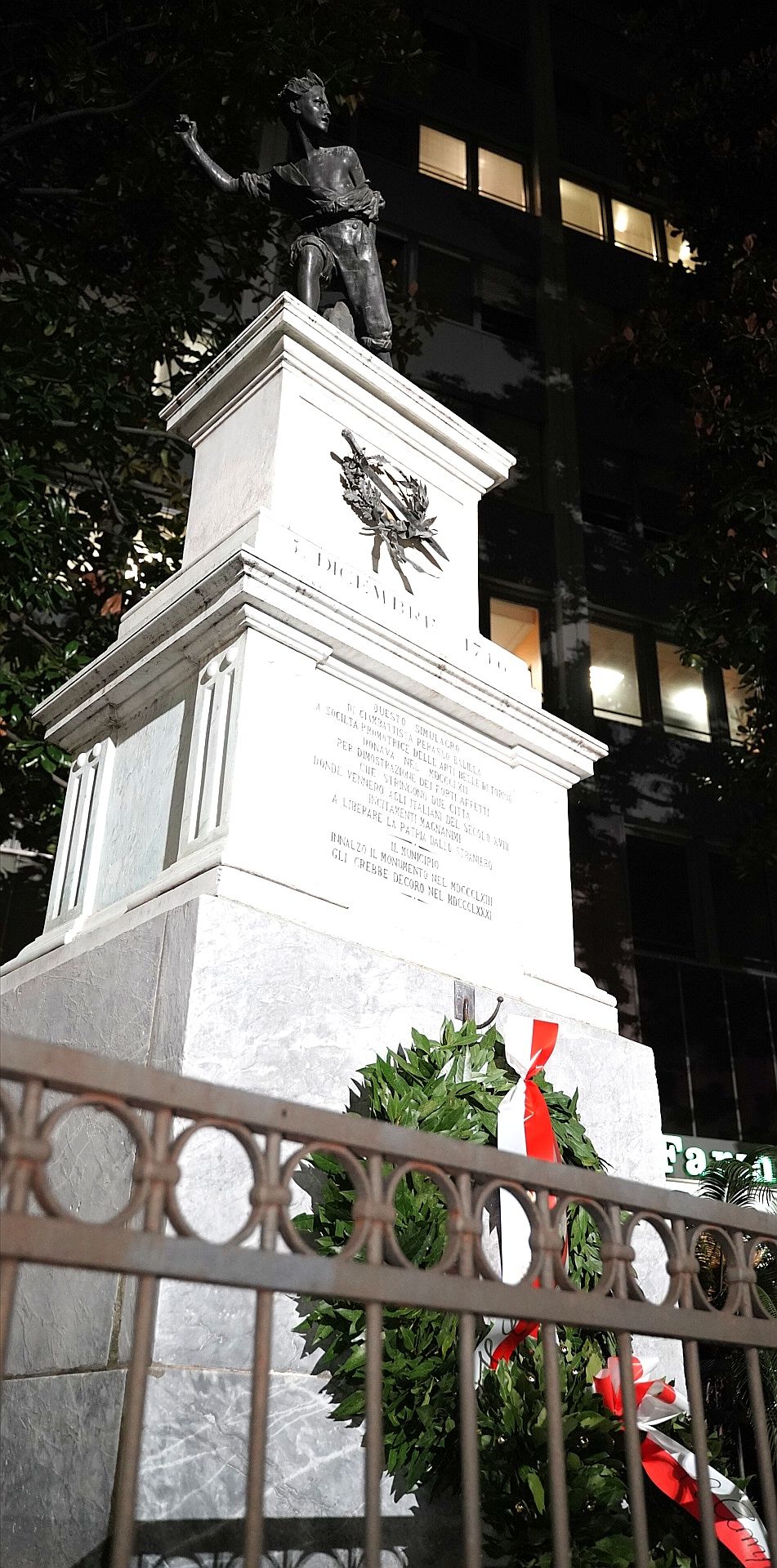
The statue of Balilla
Half a century before Mameli's birth, Genoa had already experienced a wave of independence linked to Giovan Battista Perasso, known as Balilla, a popular historical figure of 18th-century Genoa. The true identity of the boy who incited the inhabitants of Portoria to revolt remains dubious to this day. He is identified as the young man who, on December 5, 1746, sparked the uprising against the Austrian occupiers with a motto that became famous: "Che l’inse?" ("Shall I start?" or, according to other translations from old Genoese, "Who starts?"). Balilla threw the first stone, and a hail of other stones was hurled at the Austrian-Piedmontese invaders, who were forced to abandon their mortar and flee. The occupation ended in five days. Today, in the area near the Courthouse, there stands a statue dedicated to Balilla.
You might also be interested in
Expand your search criteria or contact us for a personalized proposal.


